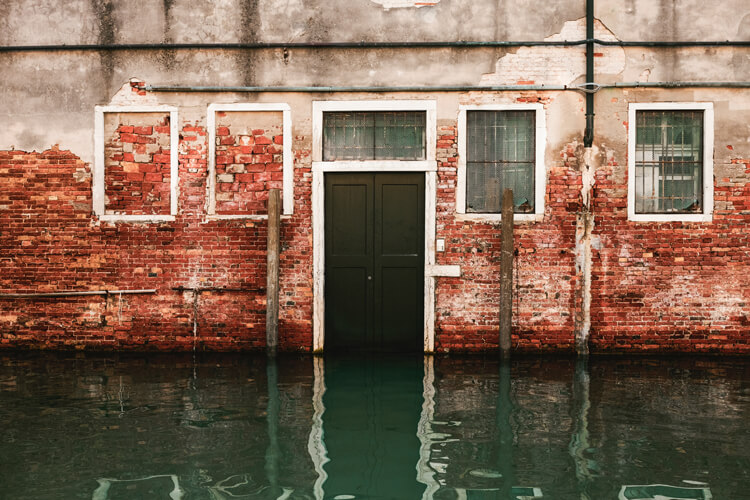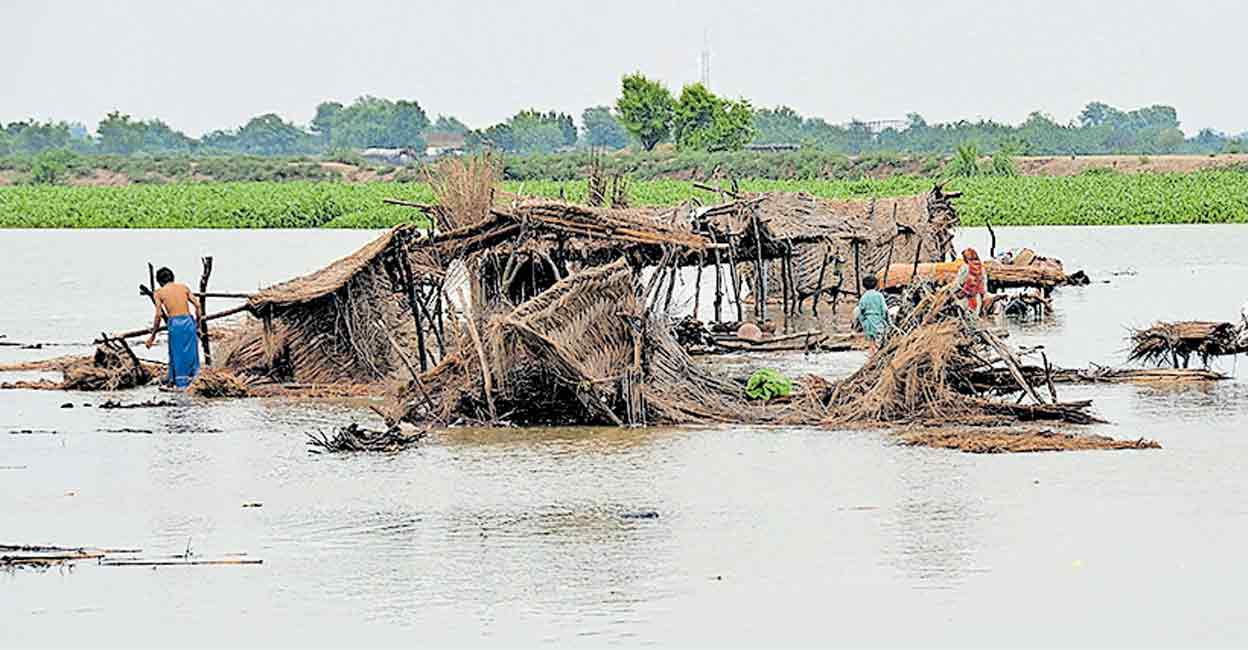

Mandatory flood insurance purchase requirements do not apply, but coverage is available. In areas designated as Zone D, no analysis of flood hazards has been conducted.

Zone D The Zone D designation on NFIP maps is used for areas where there are possible but undetermined flood hazards. This hot rock melts as the divergent boundary pulls apart, and the molten rock erupts onto the sea floor. Here convection currents deliver hot rock from deep in the mantle. Most of Earth’s basalt is produced at divergent plate boundaries on the mid-ocean ridge system (see map). The surface manifestations of mantle plumes are often called hotspots. The first few million years of a newly arrived mantle plume seem to be the most fertile in terms of magma production and flood basalts are therefore formed in a very short period of geological time.

One of the next things we asked ourselves was: how long does it take to form a flood basalt province?Ĭontinental flood basalt provinces typically form on a timescale of 1 to 3 million years.
#Flood factor series
A flood basalt is the result of a giant volcanic eruption or series of eruptions that covers large stretches of land or the ocean floor with basalt lava. It could have a huge impact on the national housing market.

First Street is remapping America’s flood risk in an effort to educate homeowners, buyers and the greater real estate industry. Starting this week, every homeowner and potential homebuyer in America will be able to see a new analysis of their property’s flood risk. The flood zones are based on the likelihood of an area flooding, with flood zone 1 areas least likely to flood and flood zone 3 areas more likely to flood. There are many homes that never saw a flood before 2017, but the climate. Ask your real estate broker for the certificate of location to verify if the property is or isn’t in a flood zone. The 1-percent annual chance flood is also referred to as the base flood or 100-year flood.Īnother frequently asked question is “Is my property in a flood zone?”. SFHA are defined as the area that will be inundated by the flood event having a 1-percent chance of being equaled or exceeded in any given year. When we were researching we ran into the inquiry “What does the flood insurance rating mean?”.įlood hazard areas identified on the Flood Insurance Rate Map are identified as a Special Flood Hazard Area (SFHA). Flood zone ratings are the grades allocated to various areas of the city. Faulty city planning projects pertaining to the drainage system often contribute to the susceptibility of these zones. You will have to spend a little extra for the flood insurance, if you buy an apartment in the A Zone.Ī flood zone is an area affected by a natural disaster like flood. An ‘A Zone’ is an area which is more prone to floods. Check the flood rating of your locality before purchasing a house. What do flood ratings mean?įlood zone ratings are the grades allocated to various areas of the city. A couple more items to look into are: learn more, or continuously improving over time. The First Street Foundation Flood Model is a peer-reviewed model used by Flood Factor was created thanks to an unprecedented partnership of more than 80 Flood Factor identifies risk over the length of a typical mortgage. Yet another inquiry we ran across in our research was “How is my flood factor calculated?”. Flood insurance is mandatory for structures with mortgages from federally regulated or insured lenders. This is also referred to as a 100-year flood, meaning there is a 1 in 100 chance of flood in a given year. These zones have a 1% annual chance of flood being equaled or exceeded. A property’s Flood Factor is determined by its. That data on Flood Factor comes from the First Street Foundation Flood Model, a nationwide flood model that calculates the likelihood of a flood based on a location’s history and geographic information, such as elevation, climate, changes in the environment, proximity to water, and adaptation measures. Flood Factors are indicators of water reaching the building footprint, not the interior of the home.


 0 kommentar(er)
0 kommentar(er)
